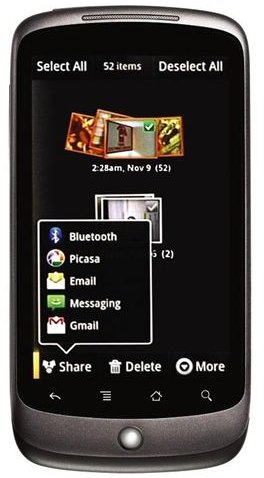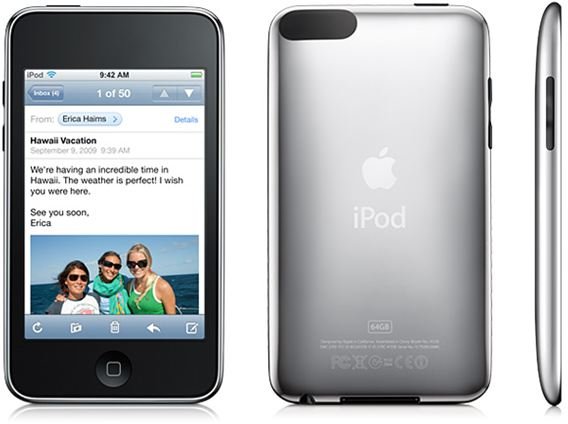Using Wireless and Mobile Technology in the Classroom
21st Century Learning
The potential of wireless and mobile technology to enhance teaching and learning is so great that it is currently at the forefront of technological advancements in education. Mobile learning is here and it is impacting how students learn and how educators teach. Students are more technologically aware than ever before, and this has led software and website developers to produce applications that are tailored specifically for the classroom. The demand is high and shows no signs of waning any time soon. Wireless and mobile technology is here to stay.
What is Wireless and Mobile Technology?
The wireless devices being used are portable, and usually wi-fi enabled. They are mobile in as far as they are not confined to one room in the school. They can be shared between classes, and used in any part of the school.
Examples of such mobile learning devices include Apple’s innovative iPod touch. The versatile iPod Touch has many great uses for the classroom. Another very popular option is netbooks. These light, portable computers have the ability to run a huge number of free web 2.0 sites, and are increasingly cost-effective. Netbooks can be used with all ages of students, and they are appearing in more and more schools because educators can see the promise of using wireless and mobile technology to enhance teaching and learning.
Perhaps the most controversial of all mobile learning devices, is the cell phone. Love them or loathe them, if your students are teenagers, then the chances are very high that they already own a cell phone, and tech savvy educators are beginning to integrate them more and more into their classroom routines. The students already own this technology, and need very little teaching on how to use it, so some educators think it would be remiss not to take advantage of the opportunity that they present.
The last example of mobile learning devices that are used in the classroom is tablet computers. The launch of Apple’s iPad has sparked a resurgence in tablet computing with computer giants like HP also launching their own machines. While some schools are skeptical of these tactile machines, others are queuing up to get them into classrooms as quickly as they can.
Why is Mobile Learning so Popular?

There was a time not so long ago when installing a computer suite at your school was about the best thing you could be seen to be doing with integrating technology into your curriculum. While they are still undoubtedly useful resources, teachers soon found that they were not without their downsides. The biggest drawback with computer labs, especially for elementary school teachers, was that you had to physically move your class to that location. The computers could not come to you, so the students, textbooks, stationery, and lessons had to go to them.
Mobile learning cured this problem, and made integrating technology into the curriculum a lot easier. Netbooks and iPods are loaded onto computer carts and wheeled into classrooms so that the teachers can use these devices as part of the instruction, and not waste time moving students and resources to and from the classroom. Students can also take these devices to the library, or other classrooms, and continue their activities in another part of the school if needed.
Space is another big advantage with mobile learning devices. No longer do schools need to devote a whole room to 25 computers, because the size and portability of devices like netbooks and iPods mean that they can be stored in a classroom, or media room, without needing to be used there.

However, as useful and versatile as these devices are, perhaps the biggest reason for the rise in popularity of wireless and mobile technology to enhance teaching and learning is financial. These devices are more cost-effective that they have ever been, and even the smallest school districts are finding that they can find the money to add this technology to their schools.
The immediate future of technology in schools is now destined to mobile, because the advantages are too great to think otherwise. Students find them intuitive, school districts find them affordable, and teachers know that they are flexible enough to use across the curriculum. The mobile revolution has begun.
References
- Teaching experience.
This post is part of the series: Mobile Learning Solutions for the Classroom
This series explores a variety of mobile learning solutions for K-12 classrooms and gives tips on how to fully integrate these devices in education.
